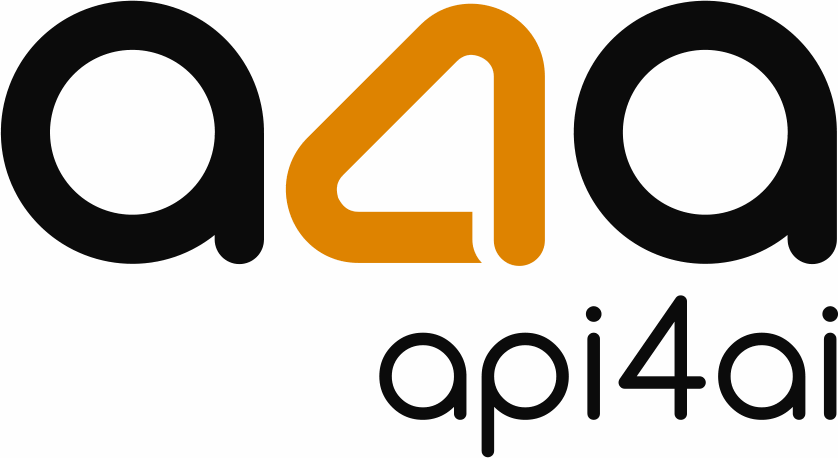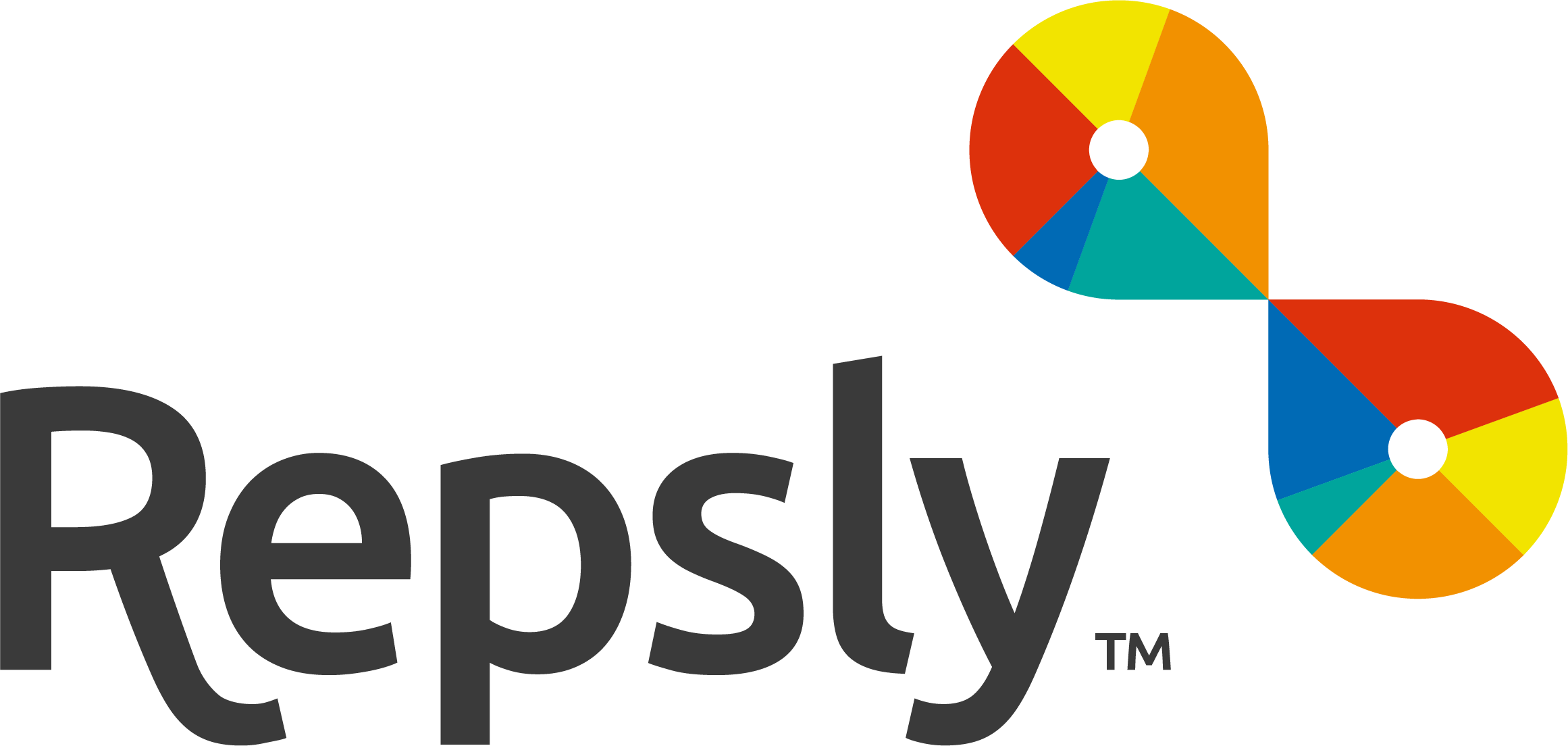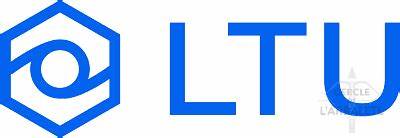What Is Image Recognition Software?
Image recognition software is a sophisticated technique for identifying and analyzing photographs. It recognizes and interprets visual input using powerful algorithms and machine learning approaches, much like the human brain does. This software is utilized in a wide number of industries, including retail, marketing, healthcare, and security. It can help firms automate processes, increase productivity, and provide useful information.
For example, in e-commerce, picture recognition software may automatically categorize products, detect flaws, and propose related items to buyers. Image recognition is the process of breaking down an image or video into smaller bits, extracting features, and analyzing them to recognize patterns and objects. This software can identify basic shapes, colors, and text, as well as more sophisticated objects and situations.
There are several forms of image recognition software available, including optical character recognition (OCR), facial recognition, and object detection. These software's features and applications varies, therefore it's critical to understand your specific business requirements before selecting one. When choosing image recognition software, look for qualities like accuracy, speed, compatibility, and customization possibilities. Some software also includes other features, such as sentiment analysis, which can reveal insights into the emotions and attitudes conveyed in photographs.
What Are The Recent Trends In Image Recognition Software?
In recent years, image recognition software has grown in popularity and importance to enterprises across a wide range of industries. With the evolution of technology, picture recognition software has become more powerful and reliable than ever before.
Buyers should be aware of the following current trends in image recognition software:
1. AI Integration: Image recognition software is now using AI and machine learning algorithms to boost accuracy and efficiency. This enables the program to continuously learn and adapt to new patterns, increasing its effectiveness in detecting objects and images.
2. Cloud-Based Solutions: Many image recognition software companies now provide cloud-based solutions, which make it quicker and more comfortable to utilize the program. This eliminates the need for expensive hardware and infrastructure, making it a more cost-effective solution for organizations.
3. Object Identification: While conventional image recognition software was primarily concerned with detecting and categorizing photos, the most recent development is object identification. This implies that the software can now recognize both photos and objects within them, delivering more detailed and useful information to businesses.
4. Integration With Other Technologies: Image recognition software is increasingly being combined with other technologies such as augmented reality (AR) and virtual reality (VR). This enables a more immersive user experience and creates new opportunities for businesses such as retail, education, and healthcare.
5. Mobile Compatibility: With the growing popularity of mobile devices, image recognition software providers are producing software that is compatible with smartphones and tablets. This enables on-the-go use and makes it easier for enterprises to integrate the software into their operations.
6. Cross-Platform Capability: Another development in image recognition software is cross-platform capability, which allows the software to be utilized on a variety of operating systems and devices. This gives users a seamless experience and removes compatibility difficulties.
7. Real-Time Processing: To meet the increased need for quick results, image recognition software now supports real-time processing. This enables the rapid and accurate identification of images and objects, making it an invaluable tool for organizations that demand speedy decision-making.
Benefits Of Using Image Recognition Software
Image recognition software is a strong tool that can provide several advantages to your organization. This cutting-edge technology employs artificial intelligence and machine learning algorithms to detect and analyze visual content such as photographs and videos.
Here are the main advantages of adopting image recognition software and how it can help your organization.
1. Improved Efficiency: One of the primary benefits of employing picture recognition software is a huge increase in efficiency. With the ability to handle and analyze massive amounts of visual content quickly, this program can save you and your team hours of manual labor. It can instantly identify and categorize photos, making them easier to find and use for numerous purposes.
2. Accurate And Consistent Results: Image recognition software contains powerful algorithms capable of effectively identifying and analyzing photos. This provides consistent, reliable results while eliminating any human error or bias. This program can deliver dependable and trustworthy statistics for your organization by recognizing even the smallest information.
3. Cost-Effective Solution: Investing in image recognition software might provide a high return on investment for your company. By streamlining processes and automating operations, operational expenses can be reduced while overall productivity is improved. Furthermore, it might reduce the requirement for physical labour, saving your company time and money.
4. Competitive Edge: With the abundance of visual information in the digital age, staying ahead of the competition is critical for any organization. Using picture recognition software can help you obtain a competitive advantage by swiftly identifying market trends, client preferences, and developing patterns. This knowledge can provide your company with a strategic advantage and allow you to make more informed decisions.
5. Improved Customer Experience: In today's fast-paced world, people expect businesses to provide a seamless and personalized experience. Image recognition software can help you improve the overall customer experience by making personalized recommendations and marketing campaigns based on their visual preferences. This can boost client satisfaction and brand loyalty.
6. Versatility And Flexibility: Image recognition software is extremely adaptable and can be utilized in a variety of applications. This software can be connected into a variety of platforms to enhance your business operations, including social media and e-commerce. It can also be tailored to different industries, making it a versatile option for enterprises of all sizes and sorts.
Important Factors To Consider While Purchasing Image Recognition Software?
When it comes to acquiring image recognition software, there are various variables to consider before making a purchase. As this technology evolves and becomes more widely used in numerous industries, it is critical to thoroughly consider your alternatives to ensure that you select the finest software for your individual requirements.
Here are some crucial elements to consider while investigating and comparing various image recognition software options:
1. Accuracy And Reliability: The basic goal of image recognition software is to correctly and consistently recognize and classify images. As a result, it is critical to select software with a high success rate for detecting photos and effectively assigning tags or categories. Look for software that has undergone rigorous testing and has demonstrated a high level of recognition accuracy.
2. Compatibility And Integration: Determine whether the image recognition software is compatible with your current systems and can be readily integrated into your workflows. This is particularly critical if you intend to use the software in conjunction with other tools or programs. Check for compatibility with a variety of devices and operating systems.
3. User-Friendliness: In order to fully realize the potential of image recognition software, it must be user-friendly and simple to navigate. Look for software with a basic and straightforward user interface that allows you to quickly access features and functionalities. Furthermore, the software should provide extensive user guides, tutorials, and customer assistance to help you make the most of its features.
4. Modification Options: Each business or organization has distinct image recognition requirements, thus it is critical to select software that allows for modification. Look for capabilities that allow you to customize the program to meet your specific needs, such as adding or eliminating categorization categories, creating custom workflows, or training it to recognize specific items or patterns.
5. Scalability: As your business expands, so will your image recognition requirements. It is therefore critical to select software that is scalable and can fit your future requirements. Ensure that the program can handle enormous amounts of photos and will continue to perform efficiently as your company grows.
6. Security And Privacy: Image recognition software frequently handles sensitive data, therefore it is critical to emphasize the security and privacy features of any software you are evaluating. To protect your data from illegal access or theft, look for software that includes strong security features like encryption and access controls.
7. Cost And Support: Pricing structures for image recognition software can vary widely, so it is critical to analyze the cost in connection to your budget as well as the features and capabilities provided. Also, seek for software that offers dependable customer care, timely assistance, and frequent upgrades to guarantee that your program remains current and meets your requirements.
What Are The Key Features To Look For In Image Recognition Software?
When considering purchasing image recognition software, customers should look for a few essential aspects to ensure they are making a good investment. These features should be thoroughly assessed in order to identify software that best meets the needs of the buyer's specific use case.
Some of the most crucial characteristics to consider while shopping for picture recognition software are:
1. Accurate Detection: picture recognition software's principal function is to correctly identify and classify items in a picture. Buyers must select software with a high accuracy rate for detecting and recognizing a wide range of items, including complicated shapes, colors, and textures.
2. Versatility: The program should be able to handle a wide range of picture kinds, including still photographs, videos, and live camera feeds. It should also be able to distinguish things in a variety of settings and situations, including changing illumination and angles.
3. Customizable Training: Image recognition software that lets you customize and train its algorithms is extremely beneficial. Buyers should search for software that allows them to create their own unique model, include specific objects or categories, and teach the software to detect them correctly.
4. Compatibility: A key consideration is compatibility with the buyer's existing systems and workflows. The software should be able to effortlessly interact with existing platforms and technologies, ensuring a smooth and quick transition and deployment process.
5. Real-Time Processing: Certain applications, such as inventory management and surveillance systems, require the ability to process images in real-time. Buyers should search for software that processes photos quickly and efficiently and produces results in real time.
6. User-Friendly Interface: To fully utilize the software's capabilities, it should have a user-friendly interface that enables for simple navigation and understanding of the findings. This is especially crucial for users who are unfamiliar with advanced code or technical terminology.
7. Robust Analytics: In addition to accurate detection, purchasers should seek out software that provides thorough analytics and insights. This provides information about the amount of photos analyzed, the accuracy rates, and any patterns or trends discovered in the results.
8. Scalability: As the firm expands, so will the demand for image recognition. It is critical to select software that is scalable and can handle larger numbers of photos without sacrificing accuracy or speed.
Why Do Businesses Need Image Recognition Software?
In today's digital world, businesses of all kinds are bombarded with visual content. Whether it's photographs on their website, social media posts, or customer reviews, there's no doubting the value of graphics in capturing and retaining customers' attention. However, manually sorting and analyzing these photos can be extremely time-consuming and inefficient. Here is when image recognition software comes in handy. Image identification software, also known as computer vision technology, uses artificial intelligence and machine learning algorithms to analyze and identify objects, patterns, and features in images. But why do corporations specifically require this technology?
Let's have a closer look.
1. Streamlines And Automates Tasks: One of the primary reasons businesses want image recognition software is to streamline and automate operations that were previously performed manually. This comprises tasks such as image classification, labeling, and sorting. Businesses can save time and resources by delegating heavy lifting to AI algorithms, allowing them to focus on more critical areas of their operations.
2. Improves Customer Experience: In today's visual-centric environment, people expect businesses to provide a seamless and personalized experience. Image recognition software can help with this by allowing firms to identify and analyze client preferences and behavior using visual data. This can result in more targeted and tailored marketing efforts, recommendations, and product offerings, thereby improving the overall consumer experience.
3. Increases Efficiency And Accuracy: As previously said, manually evaluating photographs can be a challenging and time-consuming operation. Businesses can, however, automate this process using picture recognition software, which dramatically improves productivity and accuracy. This is especially significant in companies that handle a huge number of photographs, such as e-commerce, retail, and manufacturing.
4. Enables Visual Search: Customers can use visual search to find products or comparable things by simply uploading or capturing a photo. This technology is especially useful for e-commerce enterprises, as it allows customers to find things quickly and simply, resulting in improved conversions and sales.
5. Detects Fraud And Security Threats: Image recognition software can also be utilized for security reasons. It can detect and identify potential fraud and security concerns in real time by analyzing photos, adding an extra layer of safety for organizations.
How Much Time Is Required To Implement Image Recognition Software?
The implementation time for image recognition software varies depending on a number of factors, including the software's size and complexity, the scope of the project, and the experience of the team implementing it. The implementation procedure can last anything from a few weeks to many months. First and foremost, it should be noted that implementing image recognition software is not a one-size-fits-all process.
Each program has its own set of features, integrations, and customization options, which might impact the entire installation timeline. Second, the size and complexity of the software significantly impact the implementation timeline. In general, more complicated and feature-rich software may take more time to set up and configure. Simpler software, on the other hand, with fewer features, may need less time to implement.
Furthermore, the project's scope can have an impact on implementation time. If the software is being integrated into an existing system or workflow, the implementation process may take longer due to additional modification and testing requirements. However, if the software is utilized for a specific solitary purpose, the implementation may be finished in less time.
Another important consideration is the experience of the team implementing the software. If team members have prior expertise and experience with similar software, the implementation may go more smoothly and swiftly. If the team is new to image recognition technology, they may need additional time to learn and adjust to the software. It is vital to remember that unforeseen obstacles or delays may arise during the implementation process, causing the timetable to be extended. Buyers must discuss and explain the implementation timeframe with their software vendor in order to set reasonable expectations and ensure a smooth installation process.
What Is The Level Of Customization Available In Image Recognition Software?
Image recognition software provides a wide range of customization possibilities to its users, addressing their individual demands and expectations. These features allow users to personalize the software to their specific business operations, resulting in optimal efficiency. One of the most important components of image recognition software customization is the ability to build and train custom models.
This enables users to accurately classify and identify photographs using their own characteristics and criteria. By feeding relevant data into the software, users can enhance accuracy and eliminate errors, resulting in more dependable outcomes. Furthermore, many picture recognition software systems include a range of image editing and manipulation tools. These features enable users to change the image's quality, size, and format, as well as apply filters and effects.
This level of customization ensures that photos are properly recognized and analyzed. Furthermore, powerful picture recognition software provides customizable possibilities for data extraction and analysis. This feature enables users to extract specific information from images, such as text, logos, or barcodes. It also allows them to examine and comprehend data in order to get useful insights for decision making.
Furthermore, users can tailor the user interface and procedures to their preferences and needs. This includes the ability to create custom dashboards, generate alerts and notifications, and interface with other software systems, resulting in a more seamless user experience. Finally, picture recognition software provides customizable possibilities for security and access control. This guarantees that the software adheres to the organization's security regulations and enables users to restrict access and permissions based on their jobs and responsibilities.
Which Industries Can Benefit The Most From Image Recognition Software?
As technology advances, picture recognition software has become an invaluable tool in a variety of businesses. This new technology can analyze and recognize photographs with exceptional accuracy, providing businesses with vital insights and optimizing procedures. So, what businesses will profit the most from picture recognition software?
Let's have a closer look.
1. Retail: Image recognition software has a wide range of applications in the retail industry. It can help with stock management by letting shops to rapidly and precisely measure inventories by scanning barcodes or recognizing products using photos. Furthermore, this software can assist merchants in analyzing customer behavior and preferences by identifying which products are most frequently scanned or searched for, providing useful data for focused marketing tactics.
2. Healthcare: Image recognition software can be extremely useful in the healthcare business, notably for medical imaging such as X-rays, MRIs, and CT scans. It can help medical personnel effectively diagnose and identify abnormalities and diseases in images, hence improving patient care and results.
3. Manufacturing: In the manufacturing industry, image recognition software can be utilized for quality control. By scanning photos of items or parts, this technology may swiftly discover problems or flaws, saving time and reducing human error. It can also help to streamline production operations by monitoring inventory levels and identifying any inconsistencies.
4. Agriculture: Image recognition software can be used to assess crops and detect potential problems or infections. This can help farmers make more educated decisions about treatment and pest management, resulting in higher crop output and quality.
5. Security And Surveillance: Image recognition software has become an indispensable tool in the security and surveillance sectors. It can be used to monitor and identify people, track suspicious activity, and detect potential threats in real time. Image recognition software, with its wide range of applications, has the potential to significantly help a variety of businesses. From retail and healthcare to agriculture and security, this technology provides limitless opportunities for improved efficiency, accuracy, and insights. As a buyer, it is critical to examine your specific sector requirements and select software that meets those objectives.
Conclusion
To summarize, picture recognition software has numerous benefits that can significantly improve the productivity and accuracy of various sectors. Whether for e-commerce, security, or healthcare, this technology offers a powerful solution for automated picture analysis, categorization, and identification. When selecting the best image recognition software for your purposes, you should evaluate accuracy, customization possibilities, compatibility, and pricing.
It is also critical to evaluate the amount of technical support provided and the possibility of future updates and developments. Some of the leading contenders in this category include Microsoft Azure, Google Cloud Vision, IBM Watson Visual Recognition, and Clarifai. Each of these solutions has distinct features and benefits, so it's critical to carefully consider which one best meets your individual needs.
Overall, with the growing demand for efficiency and automation, investing in image recognition software can help organizations gain a competitive advantage and improve overall operations. However, it is critical to conduct extensive research and evaluate all elements before making a decision to ensure that the software you choose fits your requirements and provides a high return on investment. With our detailed buyer's guide, we hope to have supplied you with enough information to make an informed selection.






















